What Materials Are Used to Make Rain Gauges?
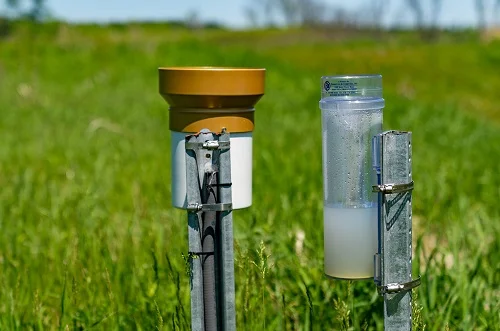
Rain gauges are important tools for measuring rainfall in certain areas. They come in different shapes and sizes.
What is the Method for Reading a Cup Anemometer?
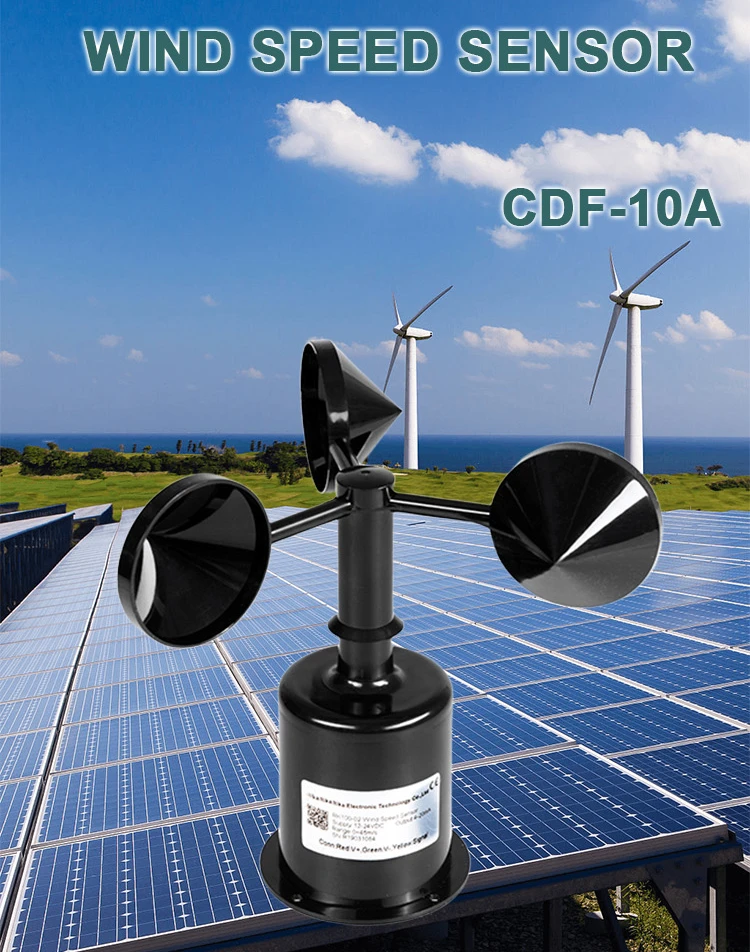
To read a cup anemometer, you must know how it works. You also need to use good techniques for accuracy.
How Weather Sensors Promote Sustainable Agriculture Practices
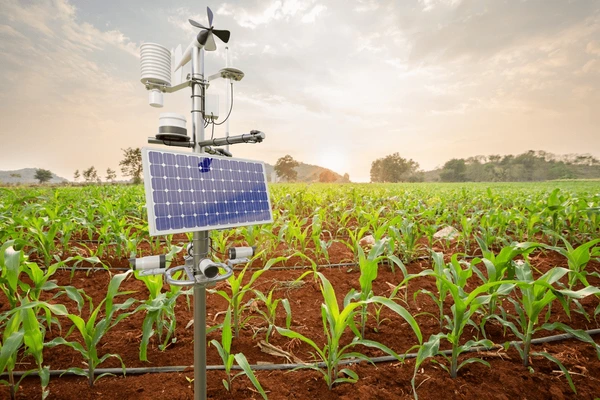
Agriculture is essential for meeting the needs of a growing world population. Traditional farming methods often face big problems.
How to Use a Pyranometer for Measuring Solar Radiation Across Different Environments

Solar radiation plays a key role in many aspects of daily life. It powers homes with solar energy and helps plants grow through photosynthesis.
Rain Gauge Sensors: Essential Tools for Accurate Weather Monitoring
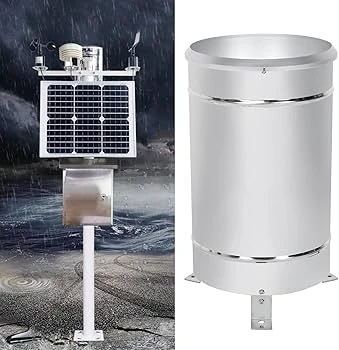
Rain gauge sensors are key parts of weather tools. They are made to measure rainfall accurately. These devices record how much it rains.
Noise Detectors, Sensors, and Meters for Industrial Pollution
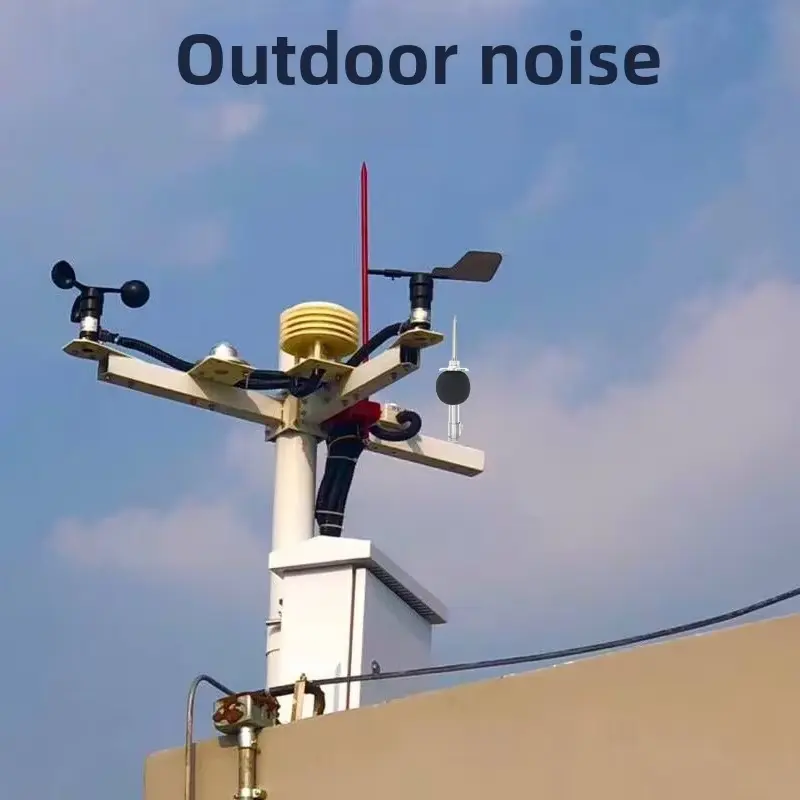
In today’s world, noise pollution is now the third-largest type of pollution. It comes after pollution of air and water.
Where is the Ambient Temperature Sensor Typically Located?
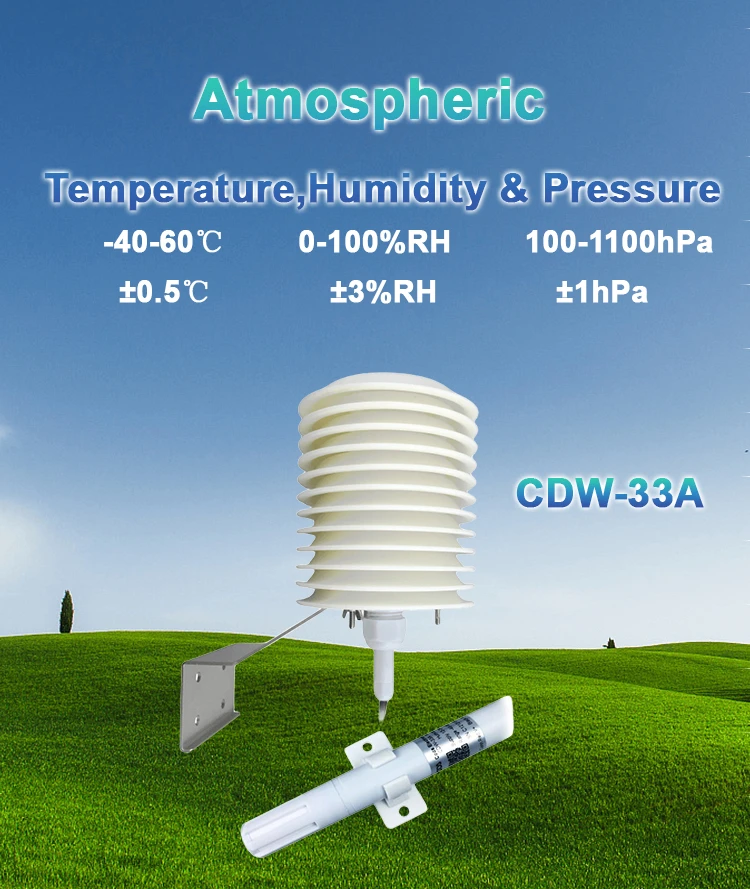
Ambient temperature sensors are important tools. They are used in more than 90% of industrial processes.
Factors to Keep in Mind for Proper Cup Anemometer Installation
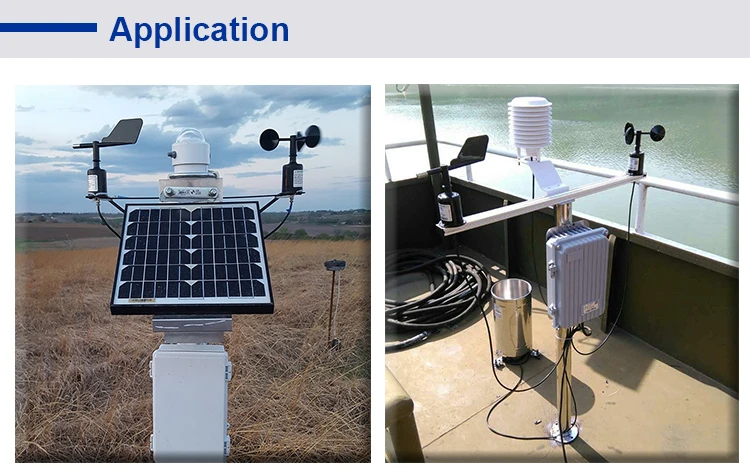
Are you trying to get the best performance from your cup anemometer? These devices are important for measuring how fast the wind blows.
Rain gauges and their relevance in the livestock industry
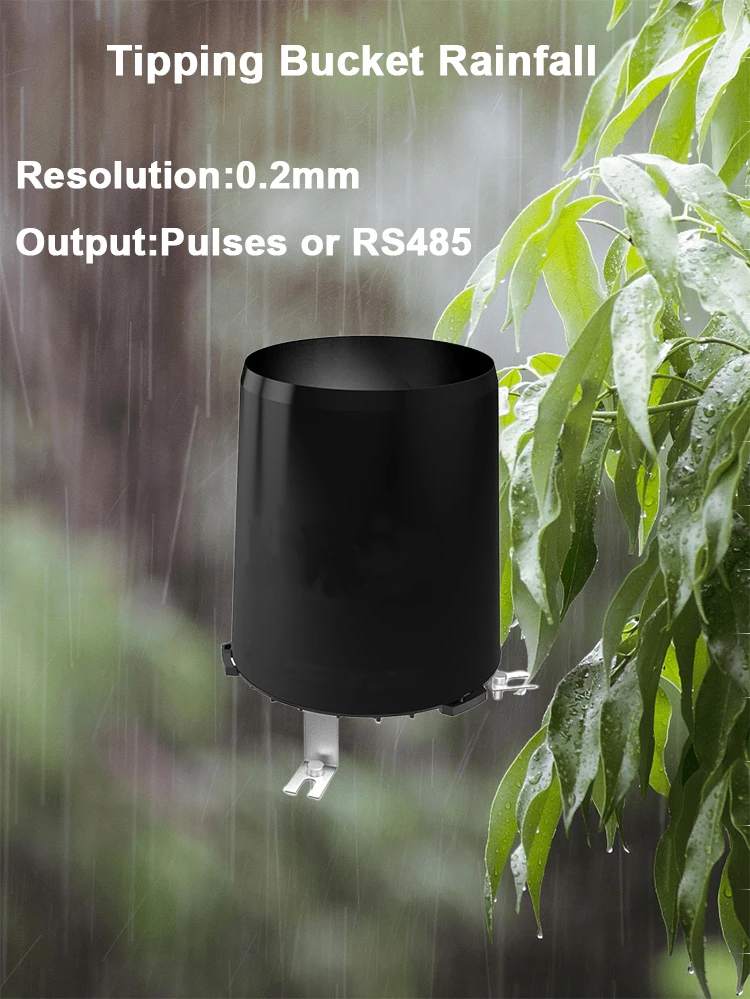
Rain gauges play a key role in the livestock industry. They help improve resource management and support sustainable practices.
Automatic watering system moisture sensor
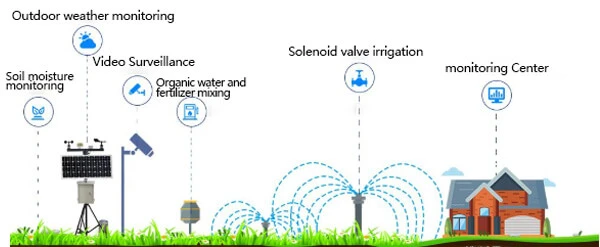
The Automatic Watering System with a Moisture Sensor helps take care of plants. It waters the plants on its own.
